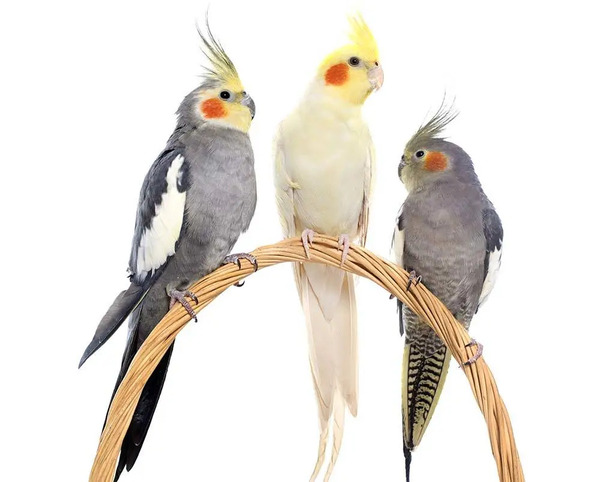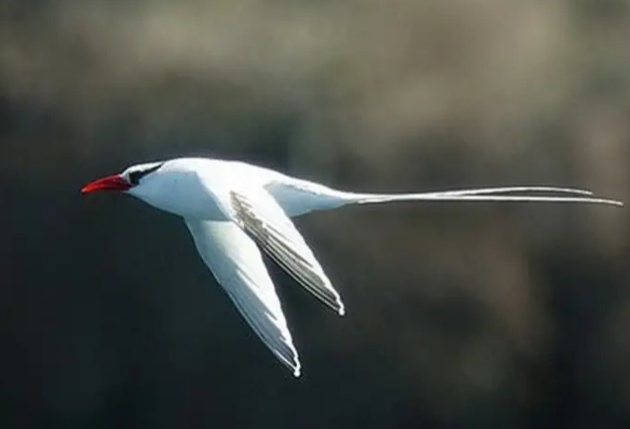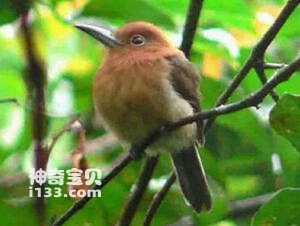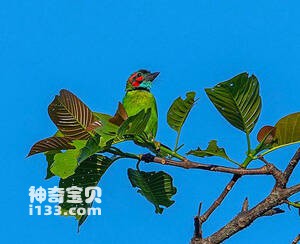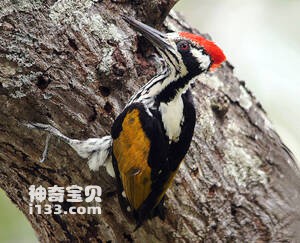Buceros hydrocorax
IUCN
LCBasic Information
Scientific classification
- name:Buceros hydrocorax
- Scientific Name:Buceros hydrocorax,Rufous hornbill
- Outline:Climbing birds
- Family:
Vital signs
- length:No textual research information is available
- Weight:No textual research information is available
- lifetime:About 35 years
Feature
It is endemic to the Philippines
Distribution and Habitat
The Philippine hornbill is found in the Pacific islands (including Taiwan Province of China, Dongsha Islands, Paracel Islands, Zhongsha Islands, Spratly Islands, and the Philippines, Brunei, Malaysia, Singapore, Indonesia's Sumatra, Java, and Papua New Guinea). It is endemic to the Philippines, mainly in Luzon.
The Philippine hornbill lives in tropical forests.
Appearance
The Philippine hornbill has mostly black feathers, but the neck and head are brown, the beak is extremely broad, and the upper beak is topped with a month-long helmet that looks as thick as a rhinoceros horn.
In addition to the brown neck, most of the legs and tail of the Philippine hornbill are also brown, but the edges will be lighter and whiter, and like other hornbills, the Philippine hornbill tail is extremely slender, accounting for almost one-third of the body length, which gives it more lift when flying. The brown hornbill's eyes also have two colors, usually green or blue.
Details
Buceros hydrocorax, also known as Rufous hornbill, is a bird of the genus Hornbill in the hornbill family.
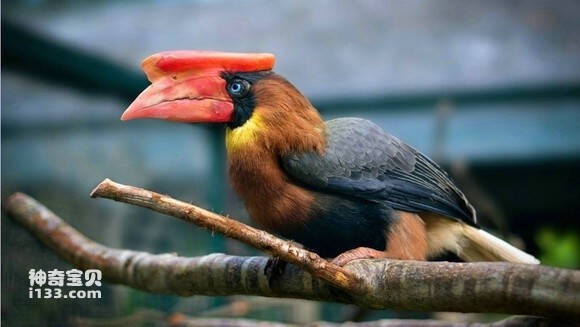
Although the Philippine hornbill is called the brown hornbill, most of their color is black, except for a distinct brown patch on the chest and neck, which borders the cheeks around, and a light bright yellow line at the boundary, in contrast to the black feathers on the head, hence the name brown hornbill.
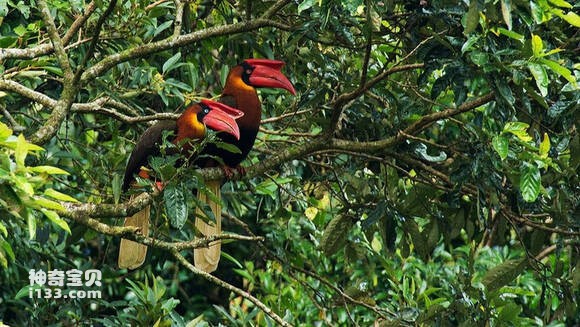
The biggest threats to the Philippine hornbill are poaching and habitat loss.
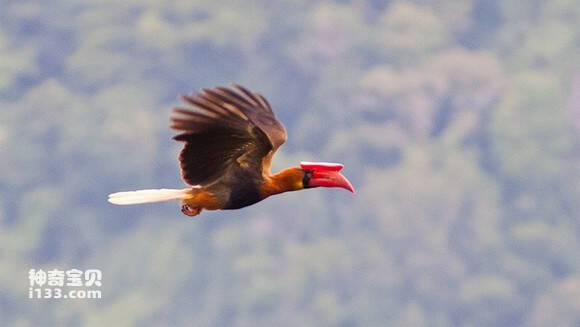
Iucn Red List: Near Threatened (NT).
Protect wild animals and eliminate wild meat.
Maintaining ecological balance is everyone's responsibility!



